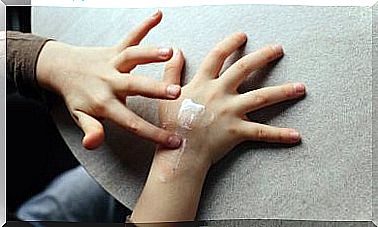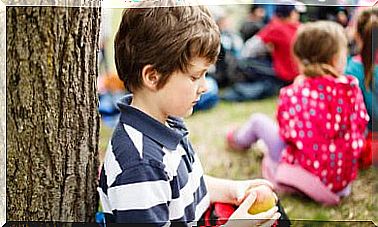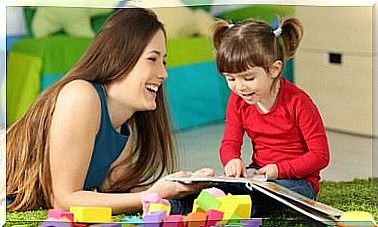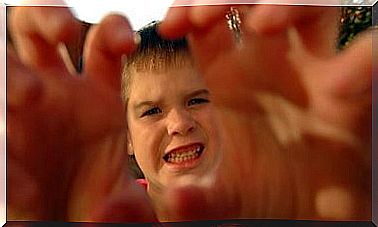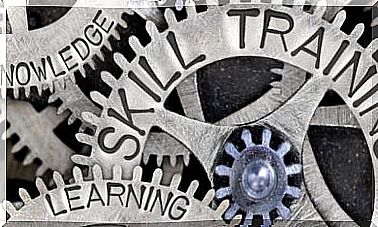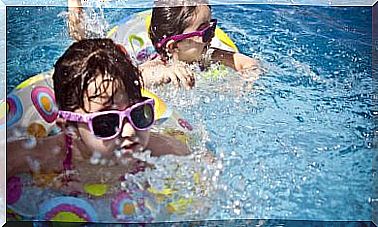Find Out How Children Learn To Read And Write
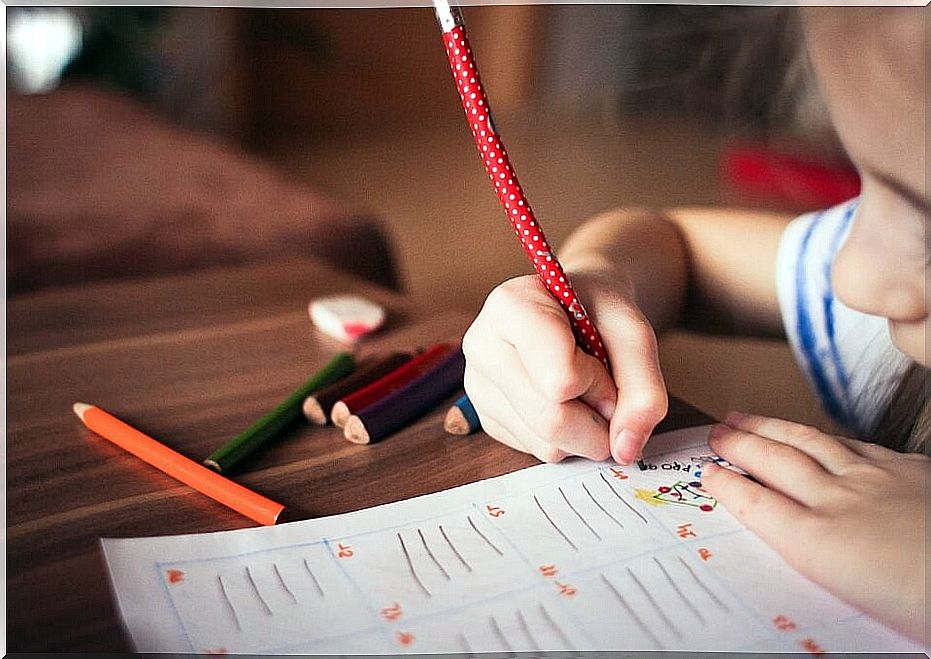
Learning to read and write involves a complex thought-building process for children ; This same process also represents a challenge for parents who must accompany their children on this journey of knowledge where they discover how children learn to read and write.
From an early age, children try to read street signs, product packaging, and news headlines. Also, with a lot of effort, they try to write their name accompanied perhaps by a drawing made by themselves; all this activity involves a great deal of cognitive effort.
Normally from the age of 3 years one can begin with the construction of learning the processes of reading and writing.
However, this age is relative and depends on the development of each child. In this stage, your baby will work on skills prior to the reading and writing process itself, which are dedicated to promoting their later mastery and learning.
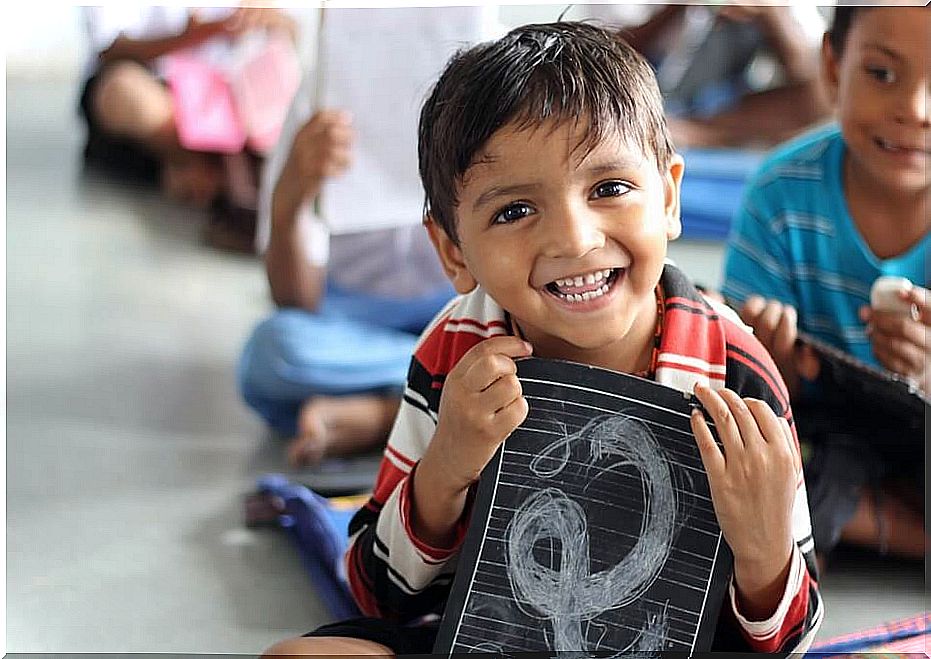
The literacy process itself is acquired around 6 years of age. But, it is important to start working on previous skills from the age of 3 and pay special attention at the time of acquisition of this skill that begins to develop between the age of 5 or 6. This process will develop until it reaches its mastery over the years and will be linked to the maturational development of children.
Little by little your children will learn that each letter has its own sound, a fairly broad discovery for children if we stop to analyze that there are more than 30 letters that make up our alphabet; therefore it is a great satisfaction for them to write and recognize the letters of their own name.
Being able to tell or read a story to a child before going to sleep, make up stories while we are out in the car, guess letters or recognize words on street signs, are ways to inaugurate the child in the shared reading method.
Learning to read and write is a complex process
Reading and writing does not consist merely in the sum of perceptual and motor skills, but in an active search for senses and knowledge typical of children aged 3 years and older.
On the other hand, it will take some children more time than others to be able to create and understand the process of appropriation of writing, we must not despair or pressure them, all children learn in their own time; and the speed of this process does not determine your level of intelligence or ability to learn.
It is likely that in the first approaches to writing by children, they make mistakes in spelling, do not leave spaces between one word and another, invert syllables among many other things that are even fun to read for adults.
These “mistakes” are part of the writing construction process. Process, that as adults, we have to accompany and help so that they understand it as easily and calmly as possible.
Learning to read and write is closely linked to language learning and development. Before starting these processes, the children must have acquired the spoken language and make a medium use of it.
There are some previous skills in children that we must know and take into consideration for their learning to read and write, which are:
- Spatial Orientation: This skill is essential for writing. It is key for the orders of the letters, writing from left to right, from top to bottom.
- Adequate laterality : Before starting to write, children have to have defined their laterality, that is, if they are left-handed or right-handed.
- Fine Motor Skills: Learning to write requires manual control to hold the pencil and apply pressure to trace the letters.
- Visual motor coordination: Children have to master the coordination produced between their sight and their motor skills. Your hand movements and strokes should respond to what your eye perceives.
- Discrimination and auditory memory: It is essential that the little ones keep in memory the sounds they hear in order to convert them into specific letters.
- Awareness and phonological discrimination : Children must be aware that each sound corresponds to a graphic expression and be able to differentiate some sounds from others.
- Language: The command of spoken language is essential for learning written language.
- Understanding orders and syntactic structures: In learning these processes, children must have the ability to understand the different orders of both letters and words. The same letters arranged differently, give rise to different words or no words. And the words to convey a meaningful message have to have a specific order.
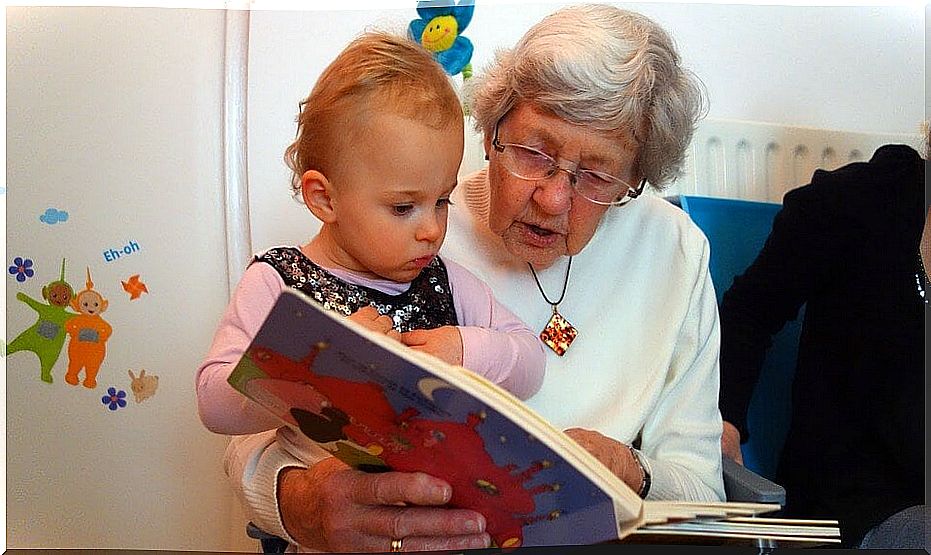
- Understanding what is read: It is not enough just to know the different sounds and know the word that we see written. It is important that the child understands the message that is being read, the development of concentration is very important to achieve this.
- Planning the writing: To start writing, it is common that the difficulty of how to order the ideas appears. We must train the little ones so that they have the ability to express themselves before they start planning what they want to put in writing.
After knowing a little about what are some of the skills that the child needs to learn to move on to the reading and writing phase, it surprises us a bit, because it makes us see that the task is not at all easy and even less for a child.
However, despite this degree of difficulty, all children have the ability to learn to read and write, hence the importance of encouraging them whenever we can, since this learning will open the doors to the world of knowledge, development and free thought.


